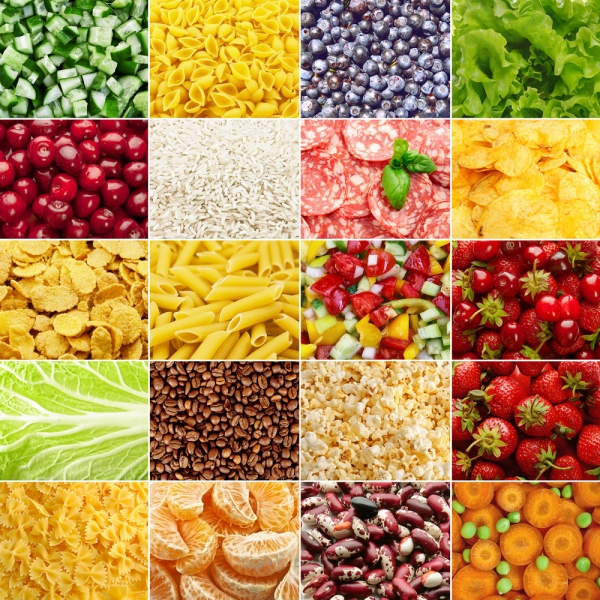Just like people prefer certain tastes over others, we all tend to have texture preferences when it comes to food. Take for example the chocolate chip cookie. Some will insist the best cookies are thin and crisp, while others will argue soft and chewy is the way to go.
Texture can influence a lot more than food preference. A new study in the Journal of Consumer Research revealed texture can also affect how people perceive the number of calories in food.
Study authors Dipayan Biswas, Courtney Szocs (both of University of South Florida), Aradhna Krishmna (University of Michigan), and Donald R. Lehmann (Columbia University) wrote, “We studied the link between how a food feels in your mouth and the amount we eat, the types of food we choose, and how many calories we think we are consuming.”
In the study, it was discovered people tend to think hard foods or foods with a rough texture have fewer calories than their soft or smooth counterparts. According to the study, people also tend to eat a larger quantity of soft foods compared to hard.
It makes sense for foods with a more desirable mouthfeel, the texture of a food and how that texture is perceived, to be eaten in larger quantities in one sitting. In many foods, mouthfeel is a key part of their appeal (chips, gummy candy) and the people who make them certainly want you eating more than one or two at a time.
In one part of the study, researchers asked participants to view TV commercials. The participants were provided with a cup of bite-size brownies to eat while watching as a thank you for their time. Half of the participants were given soft brownies, and the other half received hard brownies.
Participants who were not asked to focus on the calorie content of the brownies ate more when they were provided soft brownies. Those who were focused on calorie content ate more when the brownies provided were hard.
Though there wasn’t a large difference in calories between the two brownie types, the participants focused on calorie consumption made the assumption the hard brownies had fewer calories. The authors of the study hope brands may use this information to help lead consumers to healthier foods.
They wrote, “Understanding how the texture of food can influence calorie perceptions, food choice, and consumption amount can help nudge consumers towards making healthier choices.”
Also Read:
Insider Tips: A Nutritionist Shares 7 Guilt-Free Ways to Cheat!

